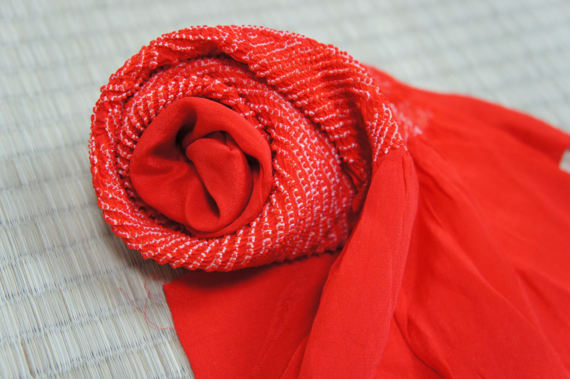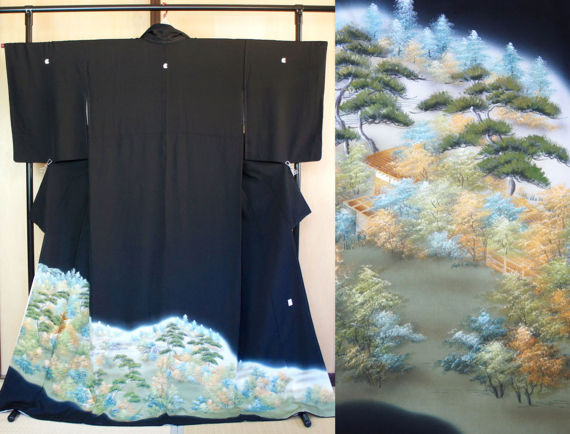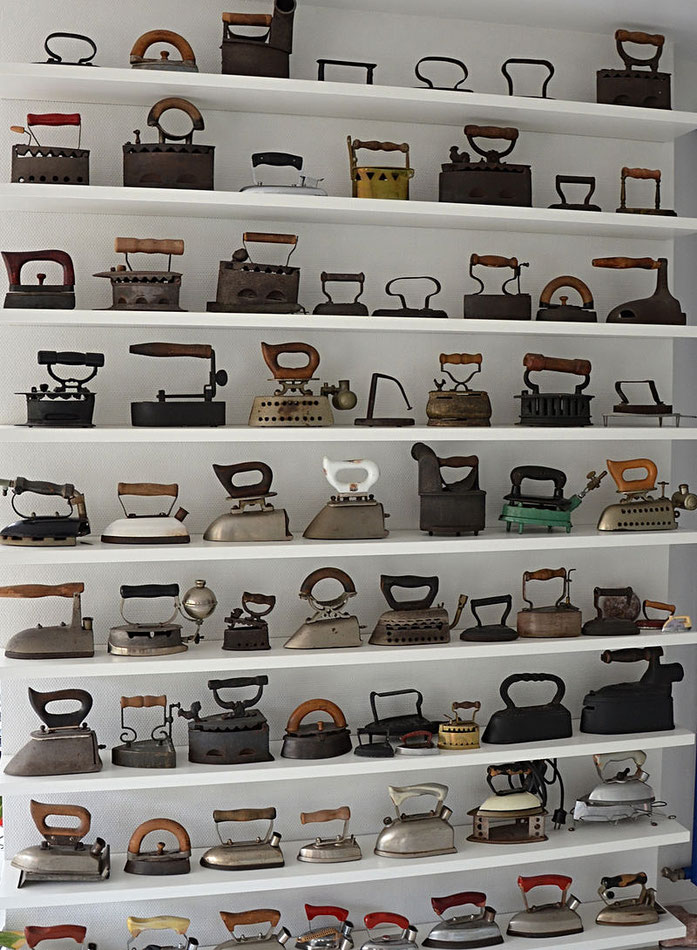- English
- Home
- Shopping Service
- FRIEN - FEMALE ONLY English speaking friend rental in Japan
- Japan Fan Club Proxy Service
- Agent for Japan China Entertainment Industry
- Send Gift to Your Fav Star in Japan
- Japanese Latest Manga book package
- Japanese BL manga book package
- Japan Real Estate Purchase Support
- Event organization in/outside Japan
- Japan Travel Support
- LOKALU ENG speaking friend in Japan
- Japan Travel Consultation Service
- Support to get Japanese Translation of foreign driver’s license
- Japan Tour Guide Support/Tour guide list
- Tattoo OK public bath/swimming pool list in Japan
- Japan Drink and Food Subscription Service
- Japan Travel Booking/Reservation Support
- Japan Tattoo Arrangement Support
- Marketing Service BPO
- Brand Experience(BX) Design
- Japan China Exhibition Support
- Japan China Exhibition Attendance Meeting Set Up Service
- Japan Market Entry Support
- Hobbies
- Japan Media Support/Local Fixer
- Visa and work permission support
- Contact
- Terms & Conditions
- Deutsch
- Shopping Support Startseite
- Wie es funktioniert
- FRIEN – NUR FÜR FRAUEN Englischsprachiger Freundinnenverleih in Japan
- Japan Fan Club Service
- Media Support Japan / Lokaler Fixer für Medienproduktionen
- Marketing-Service in Japan und China
- Immobilienkaufservice für Japan, Vietnam und Panama
- Japan-China Messe- und Ausstellungssupport
- Japan Reise Support
- Führerschein Übersetzungs Support für Japan
- Kimono Fan
- Markteintritts- unterstützung / Übersetzung
- Kontakt
- Konditionen
- 日本語
- ホーム
- 海外M&Aサポート・海外市場調査
- 監視カメラ等、防犯設備、子供の安全グッズの販売
- 幼稚園・保育園への外国語知育サービス
- UXデザイン、アプリ・ウェブ開発、越境EC代行
- 海外ウェブマーケティングBPOサービス
- アニメ・動画・3D・イラスト制作サービス
- 海外への情報発信・PR
- インバウンド・訪日観光客取込支援
- 海外進出支援
- 海外営業・販売支援・調査・広告
- 海外法人登記 -ドイツ法人登記
- 海外法人登記 -米国デラウェア州法人登記
- 海外法人登記 -パナマ法人登記
- パナマ船籍の取得サービス
- 海外法人登記 -セントクリストファー・ネイビス法人登記
- 海外法人登記 -ベトナム法人登記
- 海外法人登記 -インドネシア法人登記
- 海外法人登記 -エジプト法人登記
- 海外法人登記 -ガーナ法人登記
- 海外法人登記 -ミャンマー法人登記
- 海外法人登記 -マレーシア法人登記
- 海外法人登記-タイ法人登記
- 海外法人登記 -フィリンピン法人登記
- 海外法人登記 -ラオス法人登記
- 海外ビザ支援 - パナマ国 ビザ・移住サポート
- 海外ビザ支援 -ドバイ ビザ・移住サポート
- 海外ビザ支援 -マレーシア ビザ・移住サポート
- 海外ビザ支援 - ベトナム ビザ・移住サポート
- 海外ビザ支援 - バングラデシュ ビザ・移住サポート
- 海外イベント企画・実施・運営
- 海外進出事案
- 国内外展示会ブース設計/設営・販促品・POP・SP企画制作
- 店舗・什器デザイン制作
- 記念品・ノベルティーグッズ企画・制作
- ホビー
- お着物買取
- 海外取材手配・支援・コーディネート
- ご相談・ご質問
- About us
- Japanese Online Shops
- Japan Travel info & News and More
- Japan Market Entry service
- Home
- Shopping Service
- FRIEN - FEMALE ONLY English speaking friend rental in Japan
- Japan Fan Club Proxy Service
- Agent for Japan China Entertainment Industry
- Send Gift to Your Fav Star in Japan
- Japanese Latest Manga book package
- Japanese BL manga book package
- Japan Real Estate Purchase Support
- Event organization in/outside Japan
- Japan Travel Support
- Marketing Service BPO
- Brand Experience(BX) Design
- Japan China Exhibition Support
- Japan China Exhibition Attendance Meeting Set Up Service
- Japan Market Entry Support
- Hobbies
- Japan Media Support/Local Fixer
- Visa and work permission support
- Contact
How to clean and wash your kimono by yourself
Many requests from Kimono fans to introduce how to wash Kimono by yourself.
We explain you how to with this section.
But keep in mind that you can only wash by yourself only "certain types" of Kimono under "certain occasions". There is always a risk of ruining your kimono.
This is why most of Kimono fans who own authentic Kimono come to our professional cleaning service. We do not intend to scare you (we just do not want anybody to complain when Kimono fans wash and ruin their Kimono after reading this!).
Kimono washing takes ages of experience to find out how and if to clean.
Kimono You do not wish by yourself
In any case, you do not want to wash kimono by yourself falling in one of the below categories
- Silk kimono
- Shibori Kimono
- Kimono with decoration e.g. embroidery
- Kimono with lining
You risk shrinking the kimono even you put it into water. If your kimono is expensive, antique, homongi, let our Kimono cleaning professional help you.
how to find out if Kimono self-washable?
There is a quick way to find out if you can wash it.
Check inside your Kimono to find the product tag.
If you see this below
This means that you can "likely" wash the item with your hand at home below 40 degree water.
If your kimono is hitoe with no uraji(lining) AND made of thick cotton, wool or synthetic material such as polyester, you may wash it at home in some occasions.
If you wash with a washing machine, check the below tips.
How to wash Kimono at home?
1. You fold the kimono with Sodedatami or sleeve folding way (check the below youtube instruction how to do this fold )
2. You put it in the washing net bag. Make sure the bag fits perfectly the size of folded kimono.
3. You use a weak detergent which should not be alkalinity. ( Alkali detergent kills the color of Kimono!)
4. You use a "dry/weak" mode of your washing machine. Should not use "normal mode" which can be too strong to break the form of your kimono.
5. Must hang it on Kimono hanger and dry it with no direct sun light while making sure the constant air flow in the room with no high humidity. This way, kimono shape shall not be ruined and small risk of sun burn.
(We sell Kimono hangers. If you need one, contact us from here)
How to do Sodedatami

What Make Kimono Dirty?
What are the common cause(s) of Kimono becoming dirty?
1. Skin oil
2. Dirt (flying in the air, from the ground etc.)
3. Sweat
4. Mold (fungus)
Especially sweat and mold are the biggest causes of spots. When the spots get so serious, the kimono needs repair.
When you wear your favorite kimono, even though you do not see any obvious dirt, if you do not plan to wear it again soon, you better take it to a professional Kimono washing place.
Where Kimono Get most dirty
Which part of kimono tends to get dirty most?
There are 5 parts which tend to get dirty
Kake-eri = collar. It is around your face. It gets sweat and makeup remains.
Sode-guchi = sleeves. This area gets sweat, skin oil and dead skin.
Memi-goro = front part of your Kimono. You often drop some food/drink when eating/drinking.
Do-ura and Hakkake (inside) = Around your waist part (inside of Kimono). It gets sweat esp. in summer and winter (due to the heater).
Suso = The lower edge of Kimono. It gets dirty when walking.
Emergency measure
You wear Kimono for some lunch/dinner party. You drop some oily food or drink over the kimono! What should you do and should not do?
Do
You hit (like a baseball) the dirt with the tip of finger or handkerchief. After this, let the handkerchief absorb the dirt.
If the dirt is of oil nature (cosmetics, oil ink etc.), put some clean but disposable cloth under the spot. And prepare the white clean cotton pad which you soak some industrial alcohol into the pad and put it on the spot. This way you sandwich the kimono between the cloth and the cotton pad. You softy tap the cotton pad on the spot to move the oily dirt to the cloth.
If the dirt is of water nature (tea, sake, sauce etc.), put some clean but disposable cloth under the spot. And prepare the neutral detergent which should be diluted with water to 15 times and apply the plenty of it to the spot. Then hit (just hit, not scrub, no wipe! ) the spot with the white clean cotton pad or clean tooth brush, to move the watery dirt to the cloth.
Don't
Do not try to wipe/scrape/scrub the dirty off. You spread it and the damage gets worse.
If you are in Japan, do not use the Oshibori (a wet towel prepared on the table) because it may contain a certain chemical to damage the coloring of kimono.
Can you iron Kimono?
Can you iron your kimono?
The simple answer is "yes". But you need good techniques to do so.
There are several basic techniques for Kimono ironing.
1. Do not spray water to Kimono esp. silk one. It will shrink.
2. Do not put the iron too hot.
3. Do not iron directly on the Kimono but put some cotton sheet between the iron and Kimono.
4. Do not iron from outside part but do the internal part of Kimono.
5. Do not iron the decoration parts i.e. embroidery which can break, gold parts which can discolor under the iron pressure and heat.
Note: A trick is when you see wrinkles, no panic.
Before you try to iron...
first you hang them well and see if these wrinkles go away. If the wrinkle does not go away, check if these wrinkles are around "visible" area. If these are somewhere you can hide, you do not need to worry too much.
Wish you luck!
Now we hope you learnt something about how to wash Kimono at home. We hope you stay a kimono fan forever and enjoy wearing it wherever you are on this plant (in the universe). If you have a kimono photo shooting or kimono photo, you can send to us and we will share that with the world on our SNS!
want to interview kimono artists? artisans? use our media support service
Do you want to TV shooting, music video, photo shooting using kimono in and outside Japan? Do you want to interview the organizations/people in kimono world in Japan?
We worked with major TV broadcasters around the world and online media to carry out their task in Japan. We make planning, arrangement with the venues, also hire local professional crew (videographer, photographer, editor, makeup artist, stylist, model, interpreter etc. ) for the project.





